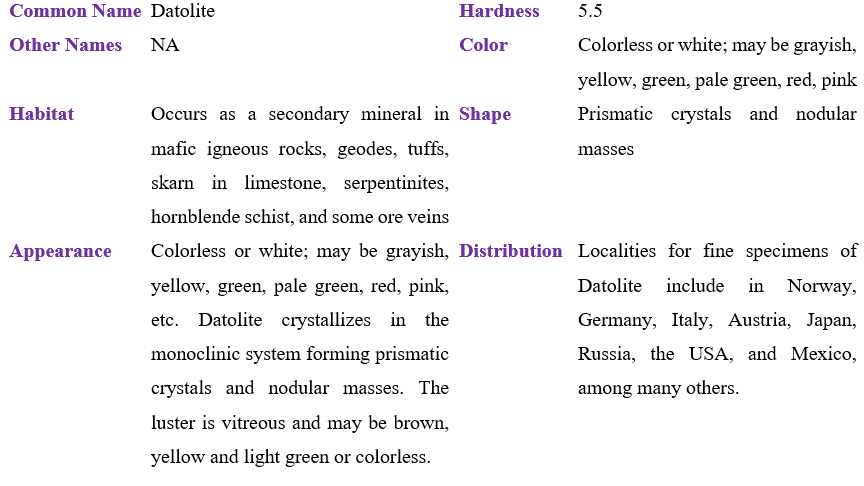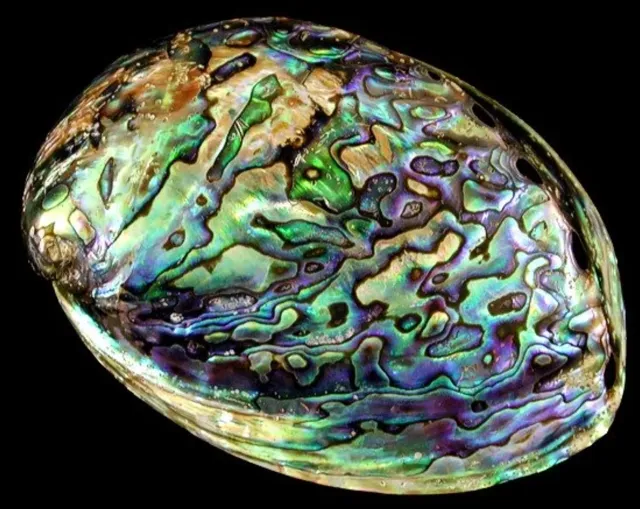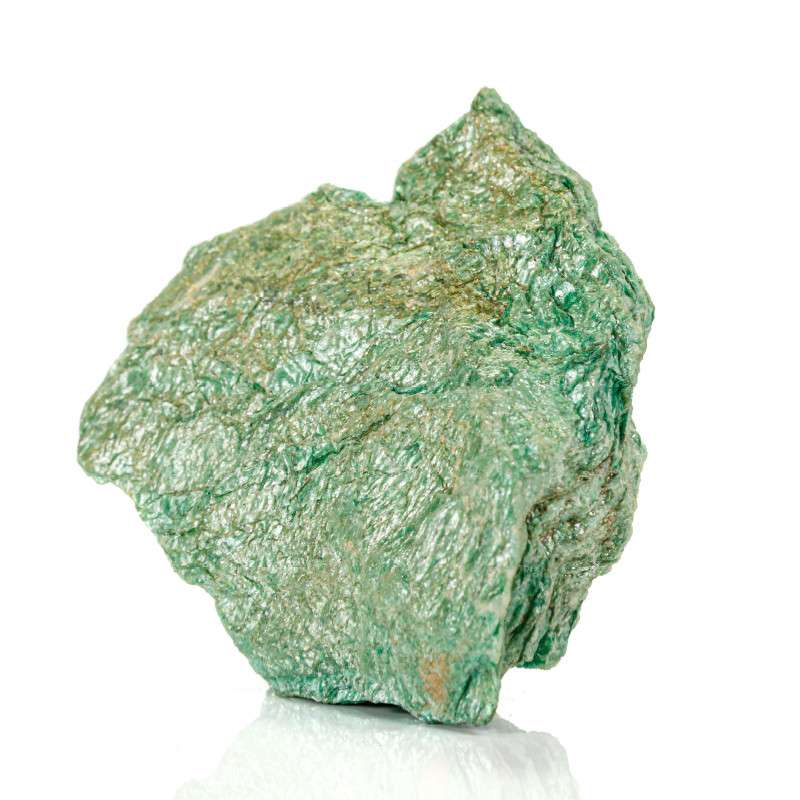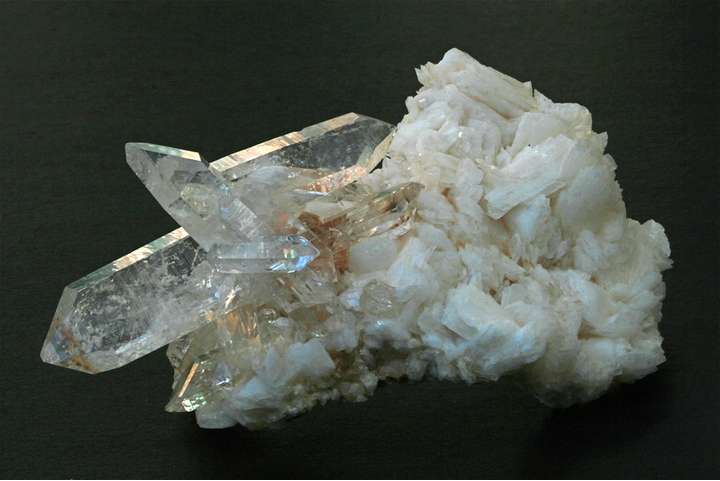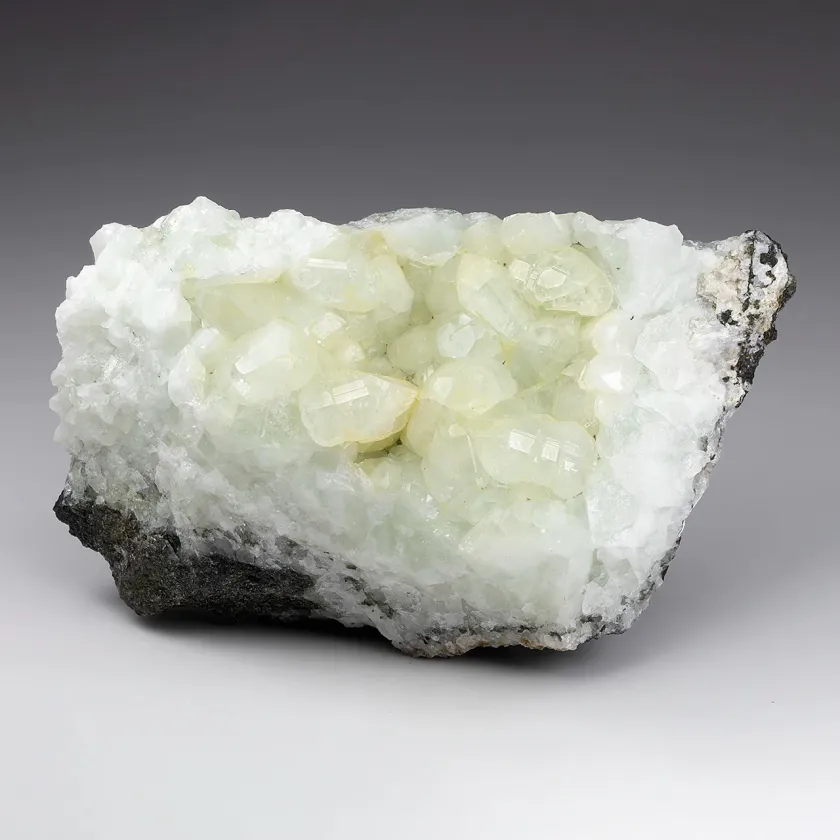
Appearance
A diverse range of colors, including white, yellow, green, brown, pink, and even colorless, can be seen in datolite. The color is frequently linked to the local geological environment or the existence of contaminants. Most datolite has a vitreous (glassy) luster. It may occasionally have a pearly or sub adamantine sheen, which would give it a somewhat pearlescent or slightly resinous look. The crystal structure of datolite is composed of three uneven axes with one angle that is not at a straight angle because it crystallizes in the monoclinic crystal system.
Geographical Distribution
Datolite is a mineral that is not commonly mined, and there aren’t many commercial mining operations for it. On the other hand, it is found in different geological settings in different parts of the world. Notable places to find and occasionally mine datolite include Michigan, New Jersey, Norway, Mexico, Germany, and Canada. Although it is less common and frequently found in conjunction with certain geological environments, such as hydrothermal veins, contact metamorphic zones, and skarn deposits, datolites are known to exist in other places as well.
Metaphysical Properties
Some people think that gemstones and crystals, like datolite, have metaphysical and therapeutic qualities. It is occasionally utilized in mysticism, meditation, and holistic healing methods.
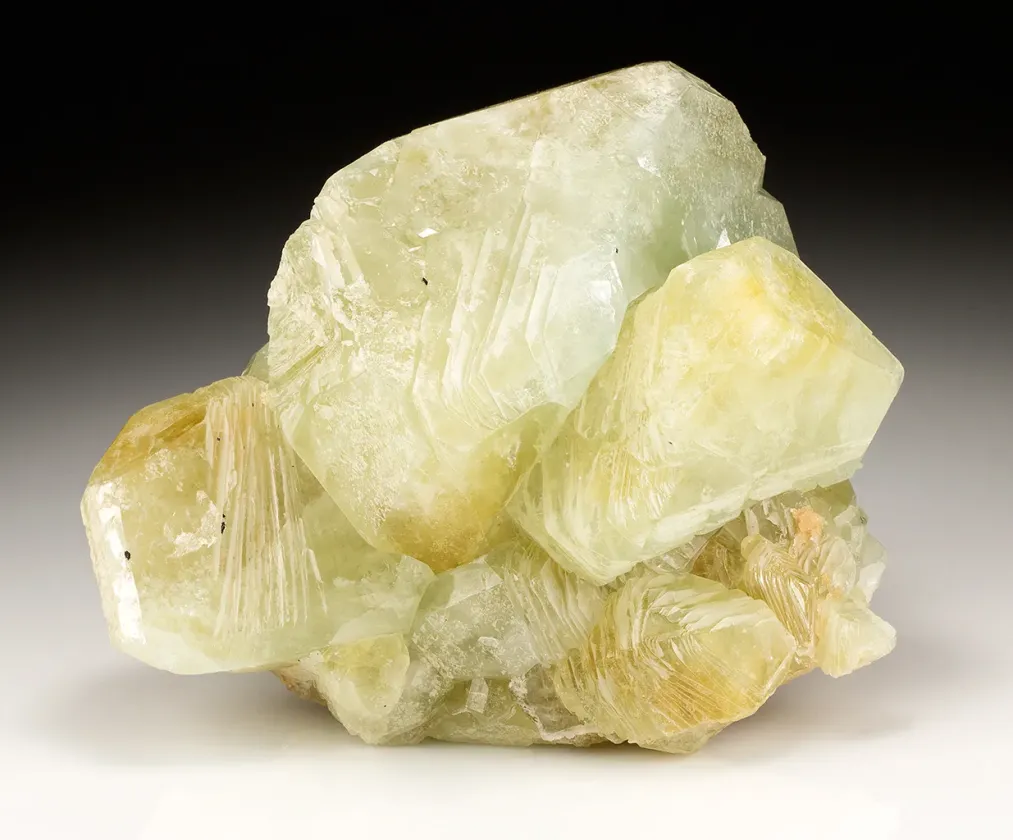
Chemical Composition
CaBSiO4(OH) is the chemical formula for datolite. It is composed of hydroxyl (OH), silicon (Si), boron (B), oxygen (O), and calcium (Ca).
Uses
Because of its relative scarcity, datolite is not a mineral with many industrial or commercial applications. It is prized, nevertheless, for its special qualities and beauty that suit a variety of uses, chiefly in the fields of lapidary and mineral collecting. The following are some of the primary functions and uses of datolite:
- Mineral Collecting: Due to its striking and varied colors, unique crystal habits, and relative rarity, dacite is highly prized by mineral collectors and aficionados. Fine specimens of datolite are frequently on exhibit at mineral fairs and museums, and collectors actively seek out specimens for their own collections.
- Gemstone and Jewelry: Datolite can be cut and polished to become jewels when it displays striking and beautiful colors. These gemstones are used in earrings, pendants, and rings, among other pieces of jewelry. Datolite gemstones are less common than other gemstones like diamonds, sapphires, or emeralds, and they might not be as well-known.
- Lapidary Work: Datolite can be used by lapidarists to fashion beads, cabochons, and other lapidary objects for use in jewelry and decorative pieces.
- Scientific and Geological Study: Geologists and mineralogists study datolite and other minerals to gain a better understanding of geological processes and mineral formations. Understanding the conditions under which it arose might be helpful in comprehending the geology and history of the earth.
- Educational Purposes: In educational settings like colleges and universities, datolite specimens are used to instruct students in geology and mineralogy. They aid in teaching pupils how to recognise and value the variety of minerals that make up the crust of the Earth.
Table
